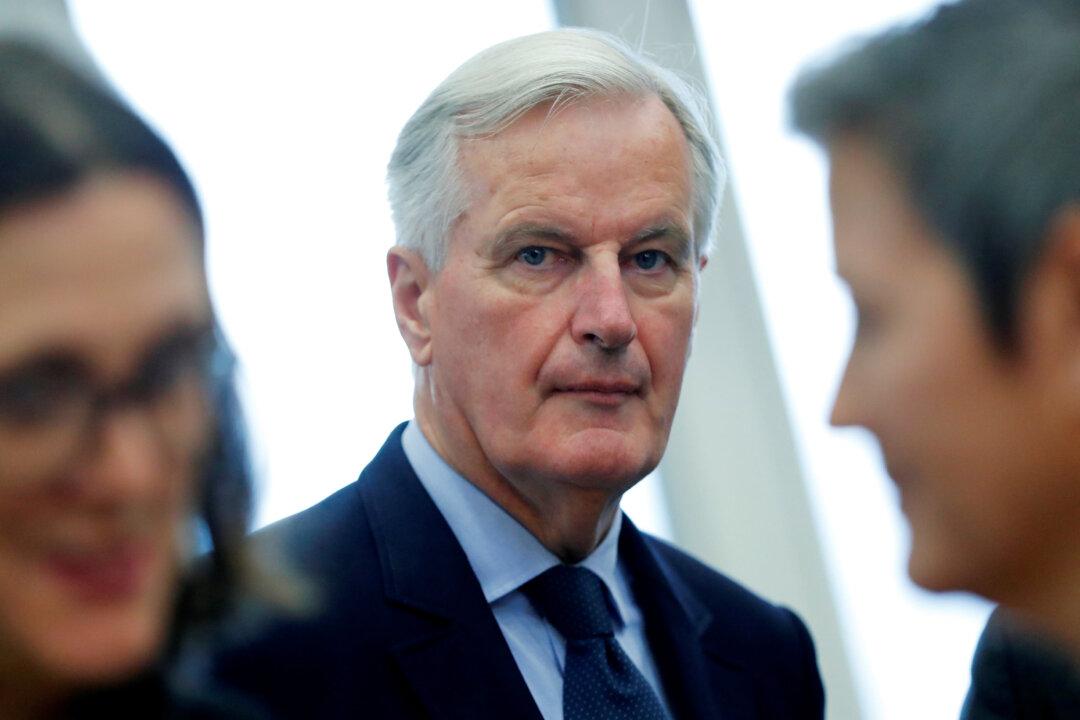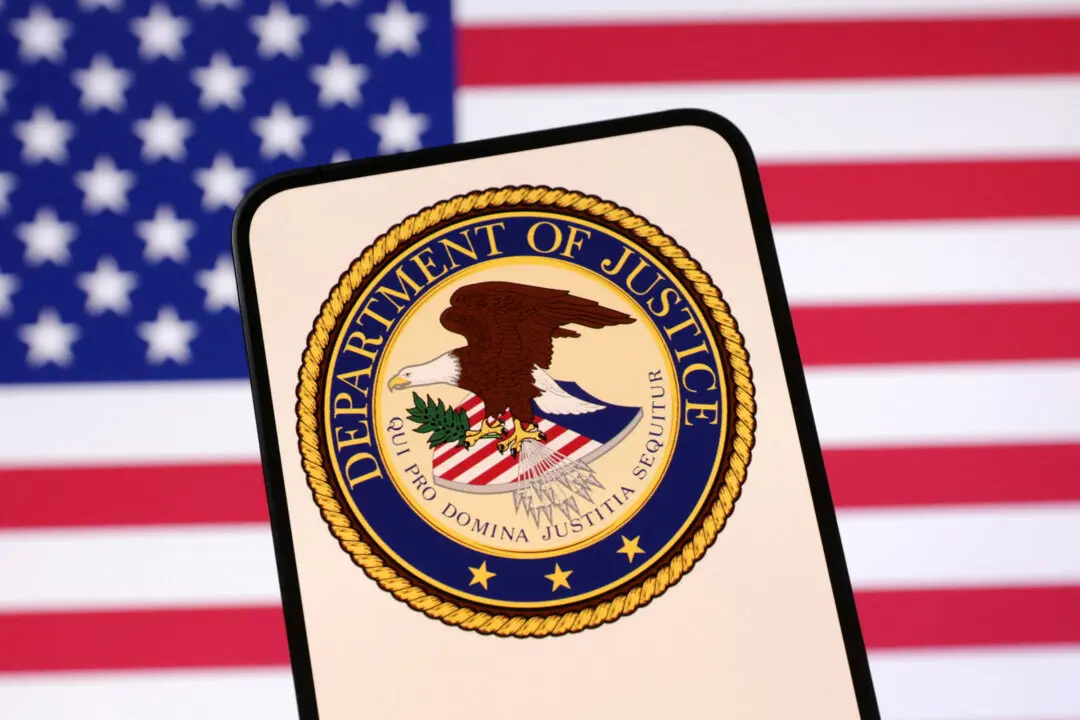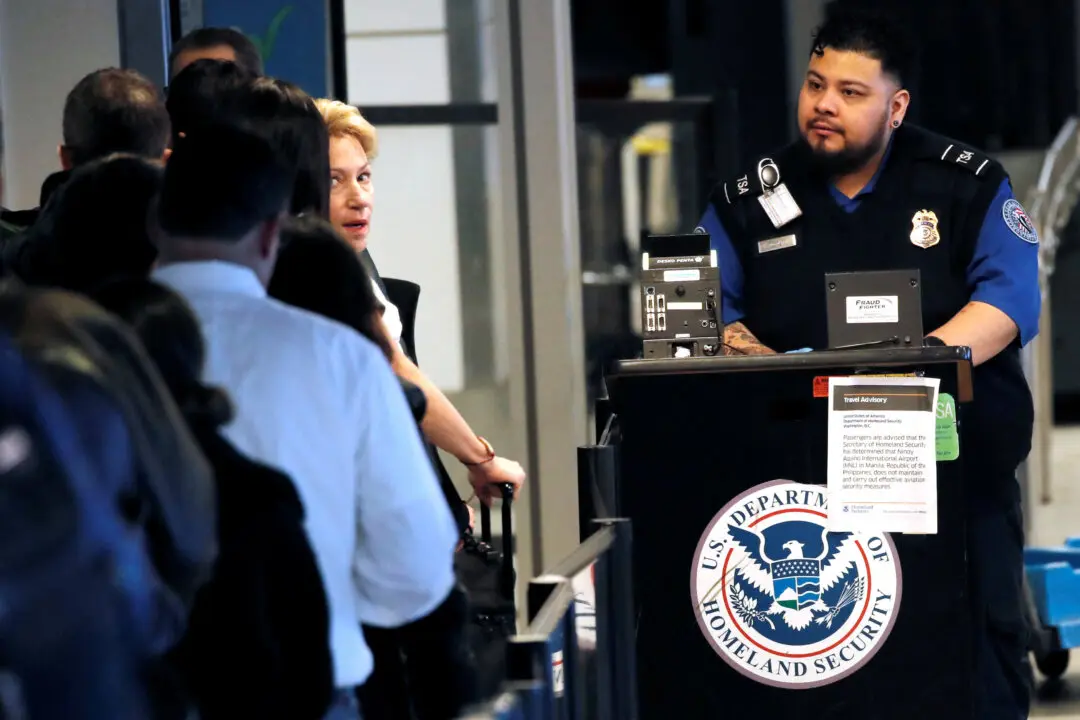BRUSSELS—The EU has suggested that a post-Brexit backstop customs arrangement covering all of the United Kingdom could give mainland Britain some scope to set trade rules while keeping the province of Northern Ireland aligned with the EU, European diplomats and officials said Nov. 2.
Since a deal that included keeping all the UK inside EU customs rules was rejected by Prime Minister Theresa May on Oct. 14, negotiators have worked to narrow differences.





